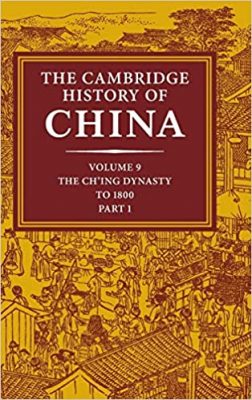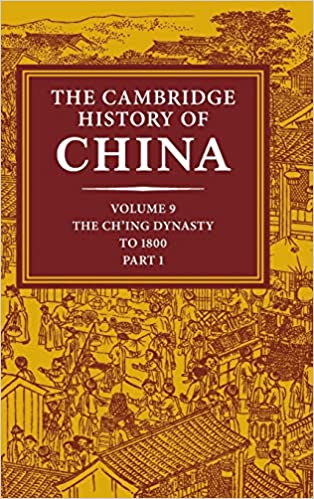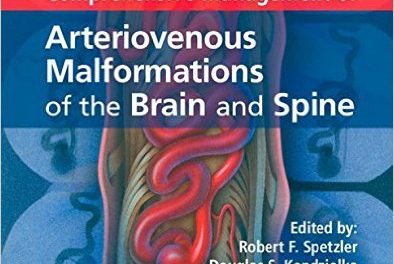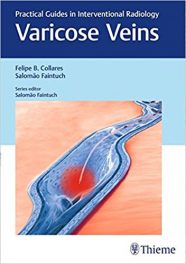 Editor: Willard J. Peterson
Editor: Willard J. Peterson
Publisher: Cambridge University Press – 753 pages
Book Review by: Sonu Chandiram
The Ch’ing (sometimes written as the ‘Qing’) period of Chinese history, that lasted from 1644 to 1912, was the last imperial dynasty. It has generally been described by historians as a ‘prosperous’ age. But other historians have disparaged this period, because China’s people were held down and held back by autocratic foreign rulers, writes the editor William J. Paterson, in the Introduction to this volume.
These different descriptions of the history of this period in China remain open for positive as well as negative assessments by historians on China.
‘Without promising to resolve the conflicting historical interpretations, this Introduction explores some of the issues and problems that are raised in the chapters of this volume and by interpretations of Ch’ing history to 1800 in general.
The issues and problems are explored within the more than 750 pages that constitute this book, whose chapter titles were list down below for you as an overview of its contents:
Introduction New Order for the Old Order
- State Building before 1644
- The Shun Chih Reign
- The K’ang Hsi Reign
- The Yung-cheng Reign
- The Ch’ien-lung Reign
- The Conquest Elite of the Ch’ing Empire
- The Social Rules of Literati in Early to Mid-Ch’ing
- Women, Families, and Gender Relations
- Social Stability and Social Change
- Economic Developments, 1644-1800
The editor William J. Patterson asks these questions and makes these points relating to conflict of the positive-negative interpretations, at the outset of this book:
- How should we characterize the Ch’ing period from its inception to 1800?
- Was the Ch’ing after 1644 predominantly continuous with, even a extension of, the Ming period?
- And were the late Ch’ing trends, after 1800, predominantly continuous with the previous century, with a decline detectable from 1644?
Patterson wonders if in effect, ‘whether it is appropriate to consider the period from 1644 to 1800 as a continuous transition from a flourishing Ming of the sixteenth century to a Ch’ing order in decline through the nineteenth century? Or whether it is more appropriate to think of the period as discontinuous with what happened before 1644’.
Book Review – Cambridge History of China, Volume 9, The Ching Dynasty to 1800, Part 1 Book Review – Cambridge History of China, Volume 9, The Ching Dynasty to 1800, Part 1 ‘Was the Ch’ing ‘order’ in 1800 an order that was less than two centuries old? He asks. He sums up resolves the conflicts in this way:
There are obvious stable characteristics through the three periods
- Some of the continuities are institutional
- During every year of the three periods there was a reigning emperor
- The emperor or their surrogates had effective control over extensive resources, with some exceptions in each of the three periods when an emperor had only nominal control
- Each emperor was surrounded by a coterie of especially privileged relatives and favorites
- There was a centralized bureaucracy with a specialized civil, military and censorial functions which managed a hierarchy of officials extending down to the county (hsien) level with judicial taxing and control powers over a population totaling over a hundred million people.
- There was an elaborate set of codified law and case precedent that was generally observed as a framework for the administration of justice
In sum, this book takes an inside look at how conflicts between people of different backgrounds, long with their diverse interests, were managed in harmonious ways for all people to work together for the common good of all.
Editor:
Willard J. Peterson is affiliated with Princeton University
General Editors:
Denis Twitchett and John K. Fairbank







